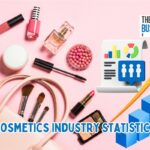Fashion has never left the limelight for once.
Every year, brands come up with trends which consumers buy in a click.
Everyone wants to look and feel good, and for this reason brands rake billions of money every year.
One moment, quiet luxury is in, the next thing you know, we are jumping in a new trend.
Find out the latest fashion industry statistics and gain the most valuable insights about this flamboyant world.
Post Contents
- 1 Key Statistics
- 2 General Fashion Industry Statistics in 2024
- 2.1 1. The fashion industry is worth $1.7 trillion
- 2.2 2. Apparel generates the highest revenue compared to other segments, bolstered by the pandemic
- 2.3 3. Accessories fare better than footwear in terms of revenue
- 2.4 4. Apparel consumer spending habits reveal Norwegians spend the highest average amount per person on clothes
- 2.5 5. Apparel consumer spending habits in Asia: Japanese spends the most on clothes
- 2.6 6. Consumers are willing to pay up to $1000 on a luxury trench coat
- 2.7 7. Naked Wolfe’s knee-high heeled boots is women’s fashion statement in Q1 2022
- 2.8 8. Men know fashion too: New Balance P550 Aimé Leon Dore
- 2.9 9. LVMH is the top publicly-traded clothing brand by revenue
- 2.10 10. Inditex, the parent company of Zara, recorded $34.5 billion sales in 2022
- 2.11 11. France contributes the highest brand value in the world
- 2.12 12. Dior is the most popular brand online
- 2.13 13. The share of online platforms as sales channels dropped in 2022
- 2.14 14. Clothing production has doubled, but the lifetime of garment usage has decreased
- 2.15 15. The fashion industry has a higher CO2 consumption than aviation and maritime transport combined
- 2.16 16. Environmental concerns on fashion continue to persist
- 2.17 17. The most transparent fashion company is OVS
- 2.18 18. Hottest trends in the fashion industry in Q1 2023
- 3 Conclusion
Key Statistics
- The fashion industry is worth $1.7 trillion in 2023, with a revenue of $768.70 billion expected by the end of the year
- Apparels tab the biggest amount of cash across all fashion industry segments, with the sector generating $388.70 billion revenue in 2022
- People from Norway spend the highest average amount per person on clothes at $1,150, with a median 12 items purchased per capita
- Consumers are willing to shed between $900 to $1,000 to buy a decent piece from a luxury brand, while between $275 to $300 on a premium market and a maximum of $90 on mass market
- The fashion industry is a quiet carbon emitter, contributing 10% of the world’s total CO2 consumption
- Italian clothing company OVS has been declared as the most transparent fashion company by transparency index score in 2023
General Fashion Industry Statistics in 2024
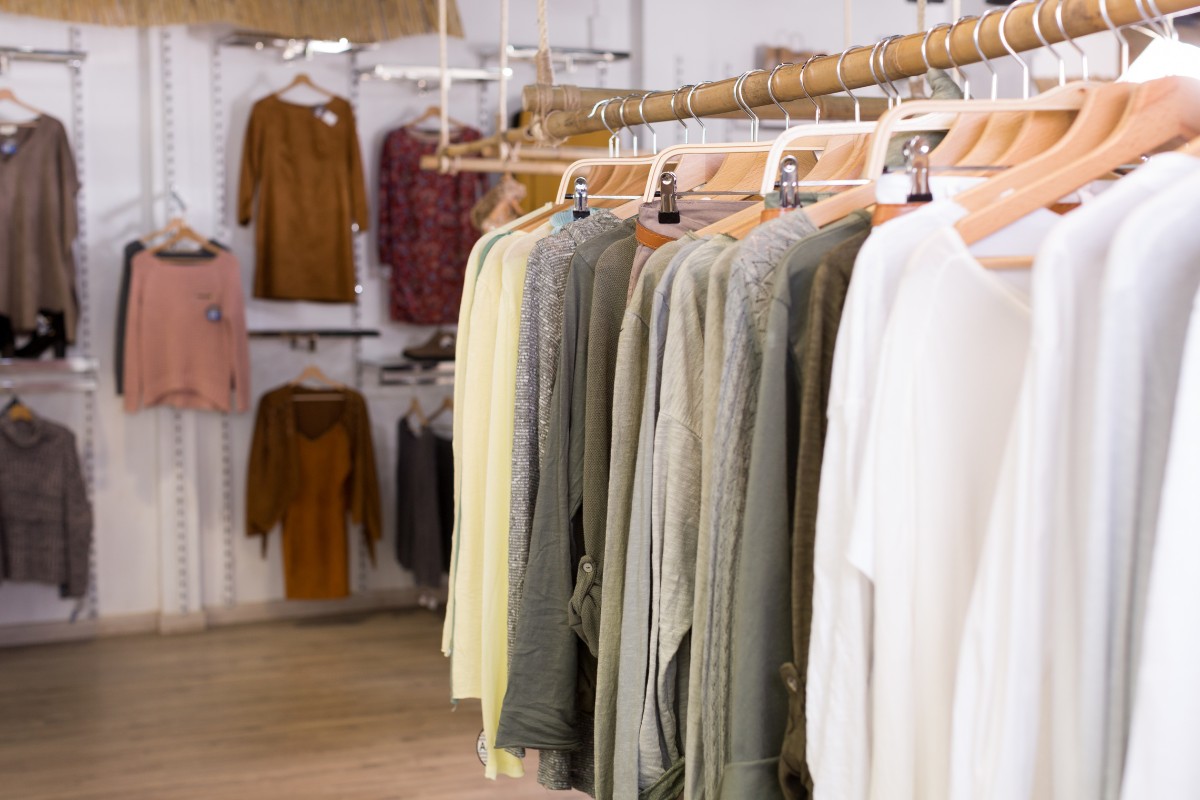
1. The fashion industry is worth $1.7 trillion
Fashion is one of the most competitive industries in the world.
According to the latest fashion industry statistics, it has reached a $1.7 trillion value in 2023, with the revenue expected to hit $768.70 billion by the end of the year.
Recent forecasts show revenue will record an annual growth rate of 9.45% between 2023 to 2027.
With this, the projected market volume by the end of the period is at $1.1 trillion in revenue.
(Statista)
2. Apparel generates the highest revenue compared to other segments, bolstered by the pandemic
Apparels tab the biggest amount of cash across all fashion industry segments.
The sector generated $388.70 billion revenue in 2022 which is a sharp downgrade from the pandemic boom which sent the revenue skyrocketing to $421.20 in 2021.
Nevertheless, some recovery is expected this year, with estimates of the apparel segment growing to $425.50 billion this year.
Its value is looking to hit $481.90 billion by 2024 and $545.40 billion in 2025.
Here the apparel sector’s revenue health from 2017 to 2023:
- 2017 – the segment raked $201.20 billion in revenue during the year
- 2018 – the segment raked $243.40 billion in revenue during the year
- 2019 – the segment raked $278.10 billion in revenue during the year
- 2020 – the segment raked $349.90 billion in revenue during the year
- 2021 – the segment raked $421.40 billion in revenue during the year
- 2022 – the segment raked $388.70 billion in revenue during the year
- 2023 – the segment raked $425.50 billion in revenue during the year
(Statista)
3. Accessories fare better than footwear in terms of revenue
Surprisingly, consumers spend more money on glitz and blings than their loafers or birks.
During the height of the Covid-19 pandemic in 2020, accessories’ sector generated $200 billion in revenue compared to $80 billion in the footwear sector.
The same trend continued in 2021 where the sector hit a revenue of $240 billion, higher than the latter’s $97 billion.
The disparity widened last year, with accessories companies recording a collective profit of $230 billion while footwear bottomed to $87 billion.
(Statista)
4. Apparel consumer spending habits reveal Norwegians spend the highest average amount per person on clothes
Scandanavian fashion will never be a big thing on Pinterest if people living in the area do not spend big on clothes.
Studies show people from Norway spend the highest average amount per person on clothes at $1,150, with a median 12 items purchased per capita.
Norwegians are into quality, with the price per item at $28.26.
Meanwhile, people in the United States spend $844 per person on clothes, with an average of 53 items purchased per capita.
People in the United Kingdom are also fashion savvy with an $889 average spending, with 33 items purchased per person at $27.33 apiece.
(Fashion United)
5. Apparel consumer spending habits in Asia: Japanese spends the most on clothes
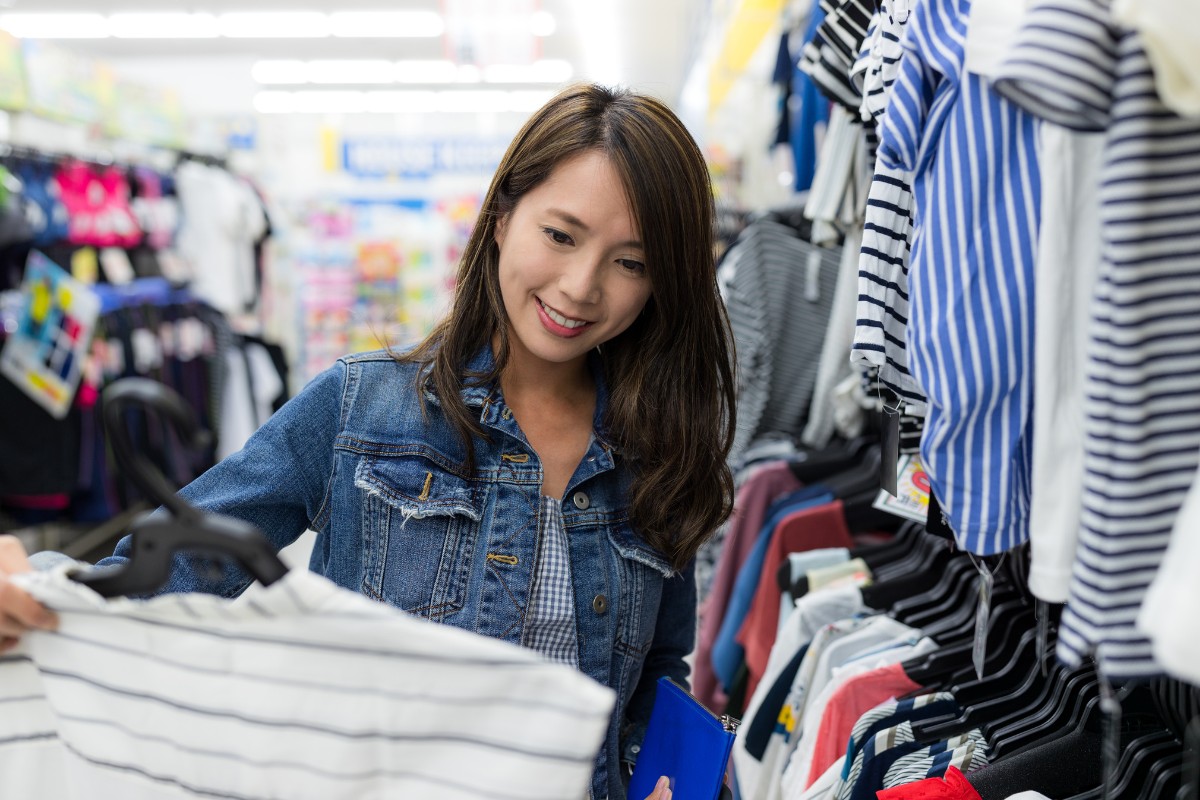
Meanwhile, Japan came out to be the Norway of Asia, with the average consumer spending on clothes standing at $547, and the median items purchased per person at 26.
The average value per item in the country is at $20.99.
China is also an emerging market, recording a $198 value spent per person, while India and Vietnam recorded $34 and $24, respectively.
(Fashion United)
6. Consumers are willing to pay up to $1000 on a luxury trench coat
Trench coats are a fashion statement.
A study reveals consumers are willing to shed between $900 to $1,000 to buy a decent piece from a luxury brand, while between $275 to $300 on a premium market and a maximum of $90 on mass market.
Another classic piece everyone is not willing to step out on since capsule wardrobes became a trend is a classic white shirt.
For this item, consumers are likely to spend up to $400 on a white shirt created by a luxury brand, while between $75 to $100 from a premium distributor.
It is worth noting that people are willing to pay $40 for a mass-produced one!
Other trendy items which consumers say they are likely to spend money on are ankle boots, midi dress, yoga pants, and skinny jeans.
(Fashion United)
7. Naked Wolfe’s knee-high heeled boots is women’s fashion statement in Q1 2022
Boots are back on the radar.
A recent study from Lyst Index revealed Naked Wolfe’s knee-high heeled boots is the hottest women’s item in the first quarter of 2022, followed by the UGG Classic ultra mini boots.
Cozy!
Other items that made the list are Miumiu’s miniskirt, Toteme’s embroidered scarf jacket, and yet another pair of boots from Moon Boot, the Icon Nylon snow boots.
(Lyst Index)
8. Men know fashion too: New Balance P550 Aimé Leon Dore
In the men’s section, New Balance P550 Aimé Leon Dore topped the list as the hottest fashion item during the period.
Men of 2022 are all about the sporty look, and this is translated in the inclusion of the North Face 1996 Retro Nuptse Jacket in the list.
Who would have thought?
Moreover, Prada Triangle shoulder bag, Balenciaga Defender sneakers, and the classic Adidas Originals Gazelle sneakers also came in well-ranked.
(Lyst Index)
9. LVMH is the top publicly-traded clothing brand by revenue
LVMH topped the list as the most valuable publicly-traded clothing brand by revenue this year, overshadowing competitors in the luxury department.
The sector, comprising 111 brands, are collectively worth $677 billion.
Here are the most valuable clothing brands that topped the list in 2023:
- LVMH – the French company has a running revenue of $84.80 billion at the time of publishing
- Nike – the American company has a running revenue of $51.21 billion at the time of publishing
- TJX Companies – the American company has a running revenue of $50.31 billion at the time of publishing
- Inditex – the Spanish company has a running revenue of $35.14 billion at the time of publishing
- Adidas – the German company has a running revenue of $23.43 billion at the time of publishing
- H&M – the Swedish company has a running revenue of $21.86 billion at the time of publishing
- Kering – the French company has a running revenue of $21.79 billion at the time of publishing
- Fast Retailing – the Japanese company has a running revenue of $19.37 billion at the time of publishing
- Ross Stores – the American company has a running revenue of $18.85 billion at the time of publishing
- Gap, Inc – the American company has a running revenue of $15.41 billion at the time of publishing
(Companies Market Cap.com)
10. Inditex, the parent company of Zara, recorded $34.5 billion sales in 2022
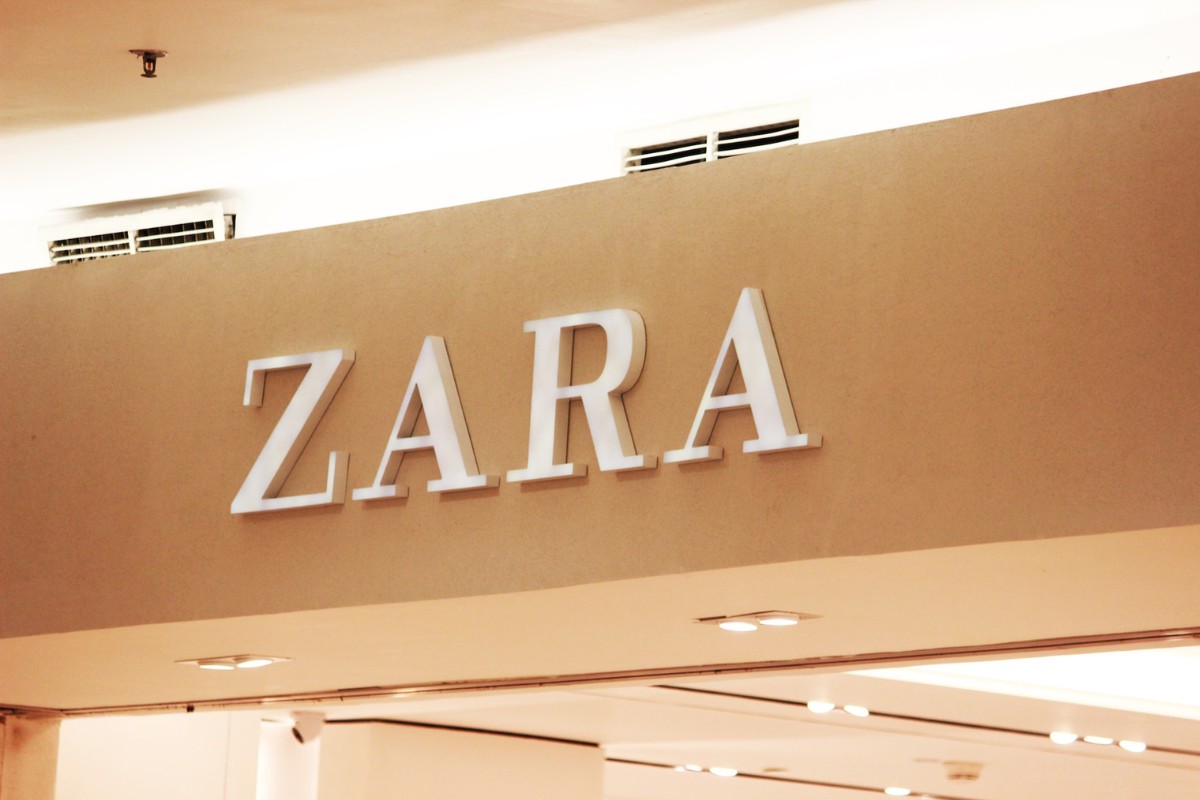
Ever scrolled on a Zara haul video on TikTok lately?
Apparently, the fashion world loves its parent company, Inditex, more than other brands, as seen in its strong performance in 2022.
For the fiscal year 2022, Inditex hit $34.5 billion in sales, taking the first place as the best performing apparel manufacturer and retailer during the year.
Take a look at this fashion industry statistics detailing the companies that made the list:
- Inditex (Zara) – the firm generated $34.5 billion sales during the period
- Hennes and Mauritz (H&M) – the firm generated $21.4 billion sales during the period
- Fast Retailing (Uniqlo) – the firm generated $16.8 billion sales during the period
- Gap Inc – the firm generated $15.6 billion sales during the period
- PVH (Calvin Klein, Tommy Hilfiger) – the firm generated $9 billion sales during the period
- Lululemon – the firm generated $8.1 billion sales during the period
- Victoria’s Secret & Co. – the firm generated $6.3 billion sales during the period
- Ralph Lauren – the firm generated $6.2 billion sales during the period
- NEXT – the firm generated $6.19 billion sales during the period
- American Eagle Outfitters – the firm generated $4.9 billion sales during the period
(Statista)
11. France contributes the highest brand value in the world
Needless to say, France loves its “boujee.” Well, for the French, it is always c’est la vie.
And for this reason, 39.53% of the world’s entire brand value comes from the country.
Italy, home of Prada, Gucci, Bottega Veneta, and Versace, comes next with a 21.52% contribution.
Germany, the home country of Adidas, captured 13.77% of the total, while the United States, home of Nike, followed at 8.63%.
Luxury watch-loving country, Switzerland, took the fifth spot, contributing a 7.98% brand value to the entire world.
(Brand Directory)
12. Dior is the most popular brand online
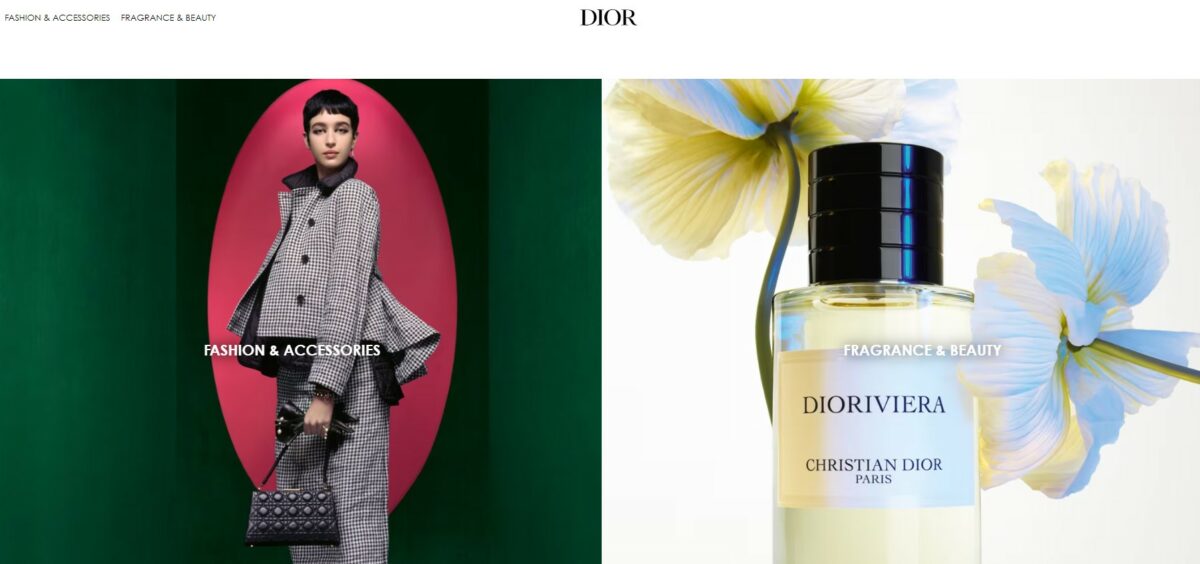
33% of the global luxury sales will come from online purchases in the next seven years.
As of the latest data, Dior is the most popular brand among online shoppers.
It has taken over the place of Gucci which saw consumer interest drop from 22% in 2019 to 13% in 2023.
Other brands that made the list are Chanel, Louis Vuitton, Hermes, Rolex, Prada, Tiffany, Versace, Burberry, Balenciaga, Swarovski, Saint Laurent, Omega, and Armani.
(Luxe Digital)
13. The share of online platforms as sales channels dropped in 2022
With mobility restrictions over, consumers are back on shopping mall aisles to cap the latest trend.
A fashion industry statistics from Statista shows only 31% of consumers shop their fashion items online in 2022, a drop from its 23% settlement in 2021.
The number is expected to fall further to 30.7% this year, but a significant recovery to 33% is possible in 2024.
(Statista)
14. Clothing production has doubled, but the lifetime of garment usage has decreased
Outfit repeaters are being frowned upon on social media.
This trend is evident in the latest fashion industry statistics which shows the average number of times a clothing item was worn has decreased by 36% since 2000.
On the other hand, clothing production has grown from 100 billion to 200 billion units per year, showing an uptrend in response to an increasing demand.
(Earth Org)
15. The fashion industry has a higher CO2 consumption than aviation and maritime transport combined
The fashion industry is a quiet carbon emitter, contributing 10% of the world’s total CO2 consumption.
This is higher than the footprint of the aviation and maritime industry combined which stood at 5% over the same period.
Moreover, 20% of the world’s waste water comes from textile dyeing.
In a more detailed look, the industry consumes 93 billion cubic meters of water, the majority of which is left with contaminated waste chemicals.
The industry is responsible for between 2% to 10% of water pollution in the world.
(Earth Org)
16. Environmental concerns on fashion continue to persist
The fashion industry has emitted 108 million metric tons of greenhouse gasses in 2018, and the figure has grown significantly amid the rise of revenge shopping after the Covid pandemic.
Studies show only 700,000 tons of used clothes get exported every year which leaves the remaining 10 million tonnes nowhere to go but in landfills.
(Market Splash)
17. The most transparent fashion company is OVS
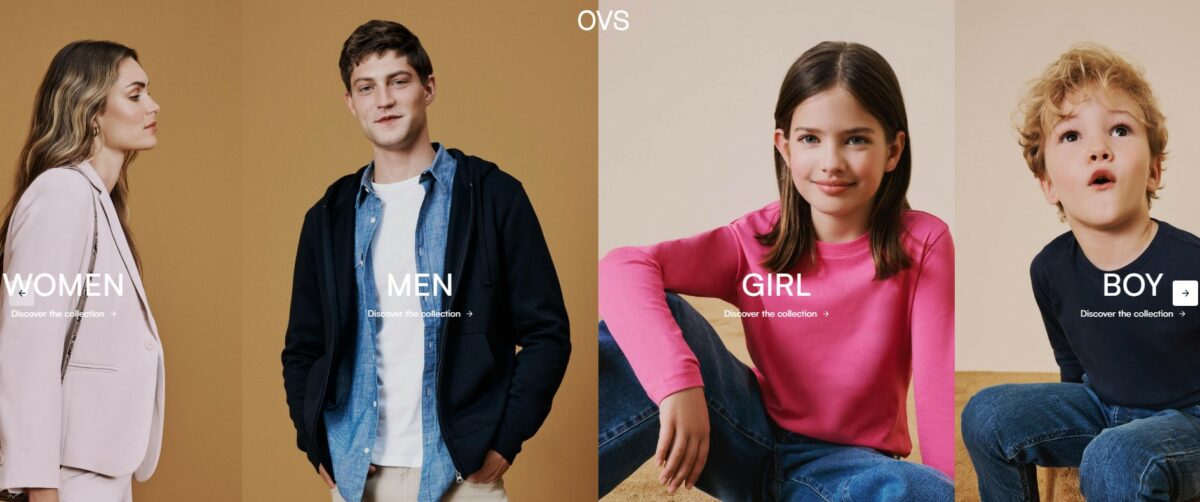
Italian clothing company OVS has been declared as the most transparent fashion company by transparency index score in 2023, with an 83% score.
Here are the companies that made the list and their respective transparency scores:
- OVS – the company recorded a transparency index score of 83% during the year
- Gucci – the company recorded a transparency index score of 80% during the year
- Kmart Australia – the company recorded a transparency index score of 76% during the year
- Target Australia – the company recorded a transparency index score of 76% during the year
- United Colors of Benetton – the company recorded a transparency index score of 73% during the year
- H&M – the company recorded a transparency index score of 71% during the year
- C&A – the company recorded a transparency index score of 68% during the year
- Puma – the company recorded a transparency index score of 66% during the year
- The North Face – the company recorded a transparency index score of 66% during the year
- Timberland – the company recorded a transparency index score of 66% during the year
- Vans – the company recorded a transparency index score of 65% during the year
(Statista)
18. Hottest trends in the fashion industry in Q1 2023
- Prada – during the first quarter of 2023, Prada has unveiled the 2023 Prada Frames symposium in Hong Kong. It has also announced hitting €3.252 million in sales in 2022
- Miumiu – during the first quarter of 2023, Miu Miu dropped its second sneaker collection in collaboration with New Balance. It has also reported €432 million retail sales in 2022
- Valentino – unveiled BTS Suga as its latest brand ambassador
- Bottega Venetta – reported €1.7 billion in revenue in 2022 and dropped the Andiamo bag
- Loewe – created Rihanna’s custom look during the artist’s Super Bowl number
- Gucci – updated €10.5 billion revenue in 2022, and launched its new deadstock and resale program
- Louis Vuitton – reported €20 billion in revenue, hit for the first time in 2022. The brand appointed BTS J Hope as brand ambassador during the period
- Dior – appointed Delphine Arnault as its Chief Executive Officer
(Lyst.com)
Conclusion
Fashion makes the world go round.
Consumers are all about going big or going home, and this explains why luxury fashion has climbed back to the radar despite the persisting global stagflation.
The latest fashion industry statistics reveals fashion holds a $1.7 trillion value amid the rising demand.
On the other hand, environmental concerns continue to be source of concern, with the industry’s CO2 emission coming higher than the aviation and maritime industries combined.










